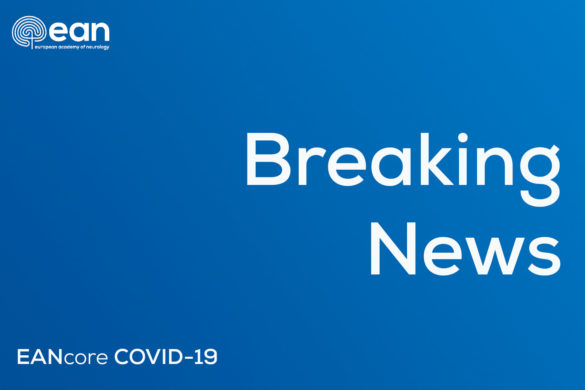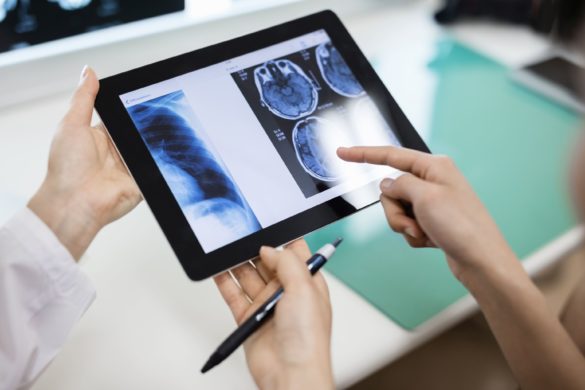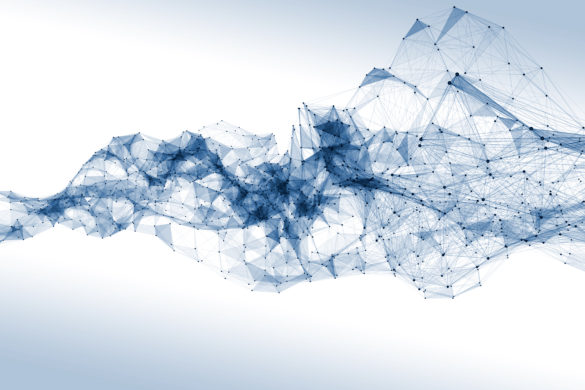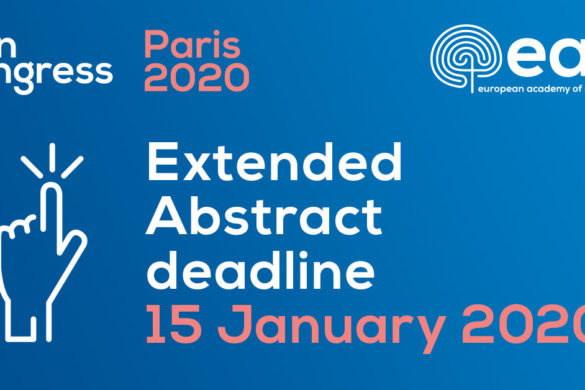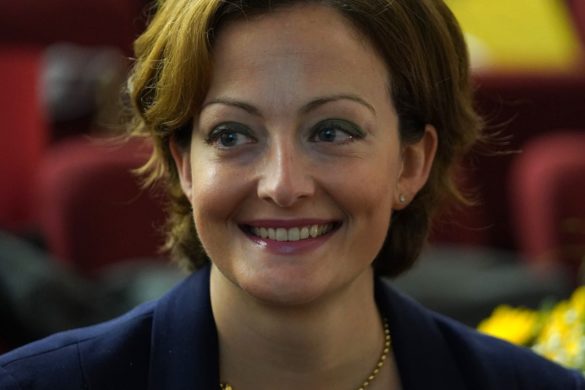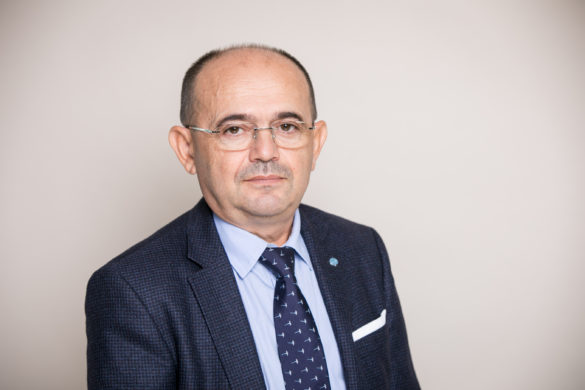by Tim J von Oertzen

We all know it. Falling in love produces a pounding heartbeat. Our symbol for love is the heart. But what happens when we experience emotions like romantic love or sexual desire is better explained by brain physiology than heartbeats.
…
Early studies with functional MRI (fMRI) of the brain showed activation of the right ventral tegmental area and the right caudate nucleus when participants looked at pictures of their beloved ones1. Other studies showed activation in cortex areas, the medial insula, subcortex, part of striatum and nucleus accumbens2. All these areas are known to be part of the reward system in the brain. Dopamine is one of the main neurotransmitters for reward, initiating feelings of excitement, euphoria, joy, pleasure, all related to feelings of being in love. In fact, these rewards mechanisms are activated by other stimuli such as sex, drugs, alcohol and gaming as well. Love is a complex mechanism with many facets. And there are more neurotransmitters or hormones involved. Oxytocin and vasopressin contribute to these feelings too. Oxytocin is released during fondness (skin-skin contact), sex, whilst giving birth and during breast feeding. In addition to stimulating labour, oxytocin increases bonding, trust, and calmness and promotes feelings of euphoria. Concurrent activation of oxytocin and dopamine receptors contributes to monogamous relationships3. Vasopressin release contributes to long-term bonding and monogamous behaviour as well.
Whereas adrenaline, dopamine and cortisol are increased when falling in love, serotonin is decreased. Depleted serotonin causes loss of appetite, loss of inhibition and reduced pain sensation. Sounds familiar? Another well-known symptom in early romantic love is ‘love is blind’. This relates to a reduction of neuronal activity in the nucleus accumbens and amygdala, usually responsible for critical response to people and situations, anxiety and rejection, but now deactivated2.
Is it love or lust? Eye gaze behaviour will be different. The eyes will always fixate on the face, but if sexual desire is present, the eyes will fixate on the body as well. In contrast, in case of romantic love, the eyes will rest on the face4. And this is apparent within less than a second, indicating innately automated behaviour. A patient with an anterior insula stroke was able to process feelings of sexual desire but not of romantic love, indicating distinct roles for the anterior and posterior insula in fMRI, the former being essential for identifying feelings of love5.
Social interaction of two humans causes synchronisation in physiological systems. Sleeping in the same bed causes prolonged periods of independent heart rhythms in the same relative phase6. Couples in love synchronise their breathing patterns7. But couples in romantic love also synchronise their brain activity immediately when looking at each other with positive effect, whereas strangers need longer social interaction to show brain coupling8.
The rise of adrenaline, dopamine and cortisol when falling in love causes sweaty palms, flushed cheeks, ‘butterflies in the stomach’, feelings of passion, euphoria and anxiety. And, of course, a racing heart. But this all is still made by the brain.
References
- Aron A, Fisher H, Mashek DJ, Strong G, Li H, Brown LL. Reward, Motivation, and Emotion Systems Associated With Early-Stage Intense Romantic Love. J Neurophysiol. 2005 Jul;94(1):327–37.
- Zeki S. The neurobiology of love. FEBS Lett. 2007 Jun 12;581(14):2575–9.
- Liu Y, Wang ZX. Nucleus accumbens oxytocin and dopamine interact to regulate pair bond formation in female prairie voles. Neuroscience. 2003 Oct;121(3):537–44.
- Bolmont M, Cacioppo JT, Cacioppo S. Love is in the gaze: an eye-tracking study of love and sexual desire. Psychol Sci. 2014 Sep;25(9):1748–56.
- Cacioppo S, Couto B, Bolmont M, Sedeno L, Frum C, Lewis JW, et al. Selective decision-making deficit in love following damage to the anterior insula. Curr Trends Neurol. 2013;7:15–9.
- Yoon H, Choi SH, Kim SK, Kwon HB, Oh SM, Choi JW, et al. Human Heart Rhythms Synchronize While Co-sleeping. Front Physiol. 2019 Mar 11;10:190.
- Helm JL, Sbarra D, Ferrer E. Assessing cross-partner associations in physiological responses via coupled oscillator models. Emot Wash DC. 2012 Aug;12(4):748–62.
- Kinreich S, Djalovski A, Kraus L, Louzoun Y, Feldman R. Brain-to-Brain Synchrony during Naturalistic Social Interactions. Sci Rep. 2017 Dec 6;7(1):17060.





